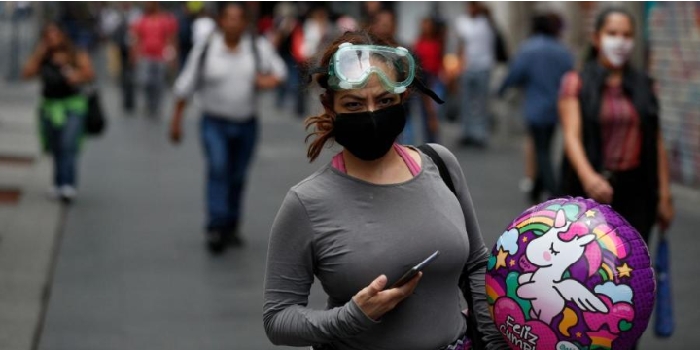Dec 6: Canada has arrested Huawei's global chief financial officer in Vancouver, where she is facing extradition to the United States, Canada's Department of Justice said on Wednesday. The arrest is related to violations of U.S. sanctions, a person familiar with the matter said. Reuters was unable to determine the precise nature of the violations.
Meng Wanzhou, who is one of the vice chairs on the Chinese technology company's board and the daughter of company founder Ren Zhengfei, was arrested on Dec 1 and a court hearing has been set for Friday, a Canadian Justice Department spokesman said.
Huawei confirmed the arrest in a statement and said that it has been provided little information of the charges against Meng, adding that it was "not aware of any wrongdoing by Ms. Meng."
China's embassy in Canada said it resolutely opposed the arrest and called for Meng's immediate release.
The arrest could drive a wedge between China and the United States just days after President Donald Trump and President Xi Jinping held a meeting in Argentina where they agreed to steps to resolve a brewing trade war.
U.S. authorities have been probing Huawei, one of the world's largest makers of telecommunications network equipment, since at least 2016 for allegedly shipping U.S.-origin products to Iran and other countries in violation of U.S. export and sanctions laws, sources told Reuters in April.
The U.S. Justice Department probe is being run out of the U.S. attorney's office in Brooklyn, the sources said. The U.S. Justice Department declined to comment. A spokesman for the U.S. attorney's office in Brooklyn also declined to comment.
In January 2013, Reuters reported that a Hong Kong-based firm that attempted to sell embargoed Hewlett-Packard computer equipment to Iran's largest mobile-phone operator had much closer ties to China's Huawei Technologies than was previously known.
The news comes the same day Britain's BT Group said it was removing Huawei's equipment from the core of its existing 3G and 4G mobile operations and would not use the Chinese company in central parts of the next network.
The Huawei statement said Meng, who also has gone by the English names Cathy and Sabrina, was detained when she was transferring flights in Canada.
The handset and telecommunications equipment maker said it complies with all applicable export control and sanctions laws and U.S. and other regulations.
The arrest drew a quick reaction in Washington.
U.S. Senator Ben Sasse praised the action and said that it was "for breaking U.S. sanctions against Iran." He added: "Sometimes Chinese aggression is explicitly state-sponsored and sometimes it's laundered through many of Beijing's so-called 'private' sector entities."
U.S. stock futures tumbled, followed by Asian markets, as news of the arrest heightened the sense a major collision was brewing between the world's two largest economic powers, not just over tariffs but also over technological hegemony.
While investors initially greeted the trade ceasefire reached in Argentina with relief, the mood has quickly soured on scepticism that the two sides can reach a substantive deal.







Comments
Add new comment